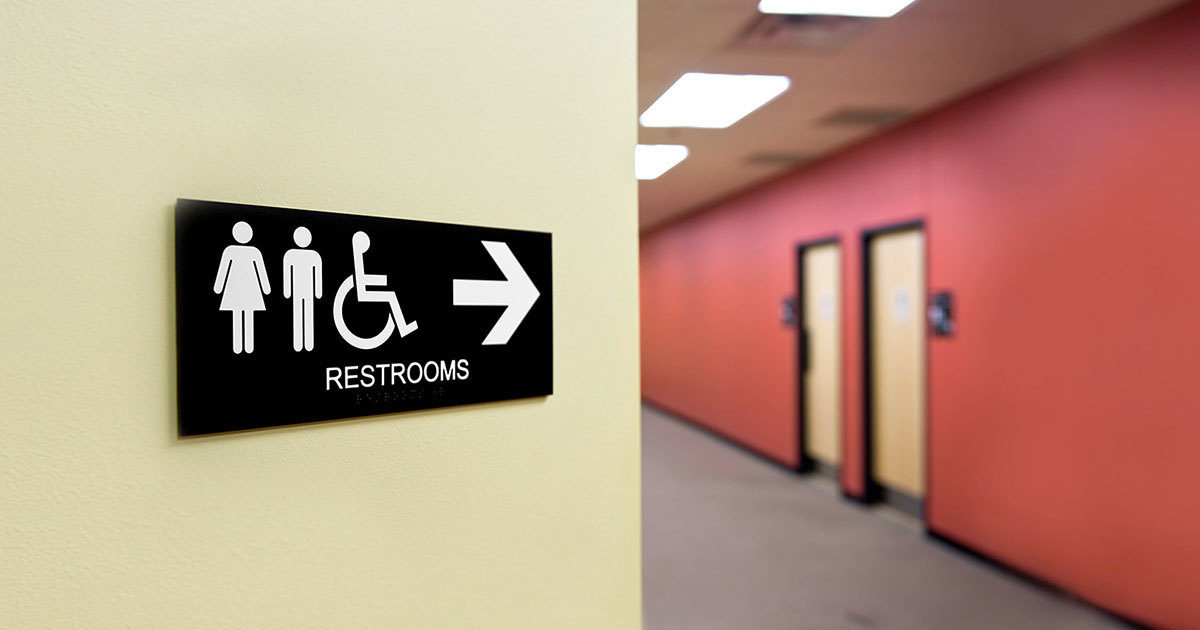Changing the Conversation
Treatment options for managing urinary incontinence
Reviewed by: Uchenna Ossai, DPT, PT, WCS, CLT
Written by: Rocky Epstein

You have narrowly avoided embarrassing situations, stopped venturing out, and passed on once in a lifetime opportunities because of “what if?” “What if I can’t find a restroom?” “What if I have an accident?” “What if I can’t travel long distances?” Urinary incontinence can impact your mood, ability to move, exercise or walk, sleep, and work as well as your relationships with partners and family. This year, resolve to take your urinary incontinence seriously and stop worrying about the “what if.” Experts across Women’s Health, a clinical partnership between Ascension Seton and UT Health Austin, can help you get back to the things in your life that matter most.
How common is urinary incontinence?
Urinary Incontinence is common among women of all ages. Studies show that 25-45% of women suffer from this condition, but researchers found that urinary incontinence is severely under-reported. Approximately 50% of women who visit their ob-gyn with common symptoms such as fibroids, bleeding, and pelvic pain fail to mention accompanying incontinence or difficulty urinating.
Although aging is a contributing factor to urinary incontinence, there are many other factors, including childbirth, medications, or medical disorders, such as Multiple Sclerosis or diabetes, which may cause incontinence in younger women as well. Uchenna Ossai, DPT, PT, WCS, CLT, a UT Health Austin pelvic floor physical therapist and the Pelvic Health Program Manager for Women’s Health, states, “Urinary incontinence is not a badge of honor. Once you have leaked one drop, whether you’re 15 or 50, you should get in to see someone.”
According to the American Urogynecologic Society, the three most common types of urinary incontinence among women include:
- Stress incontinence occurs when the pelvic floor muscles have become weak and no longer hold urine in your body. Laughing, sneezing, coughing, and other activities, such as running and exercise, puts stress on the bladder causing it to leak.
- Urge incontinence, also known as an overactive bladder, occurs when you feel a sudden need to urinate immediately or if you wake several times at night to urinate and/or you cannot make it the bathroom on time. This condition is common in individuals with diabetes and multiple sclerosis.
- Mixed incontinence is an incontinence condition where you may experience both stress and urge incontinence.
What treatments are available?
You may think that a diagnosis of incontinence means wearing diapers and pads for the rest of your life. Although, this may be true for some patients, your care team will discuss many treatment options for incontinence with you. Some women do well with simple lifestyle changes, including fluid control, dietary changes, bladder training or retraining, and pelvic floor exercises. There are also medications your provider may prescribe to help control incontinence, or a provider may recommend a pessary, a device used to treat incontinence and prolapse. For more complex or chronic incontinence conditions, providers and their patients may discuss surgical options, injections, or nerve stimulation. Our approach to care at Women’s Health is dependent upon the patient’s priorities, goals, and beliefs, because we know that every person’s incontinence, its causes, and their lifestyle is different.
For more information about Women’s Health or to request an appointment, visit here.